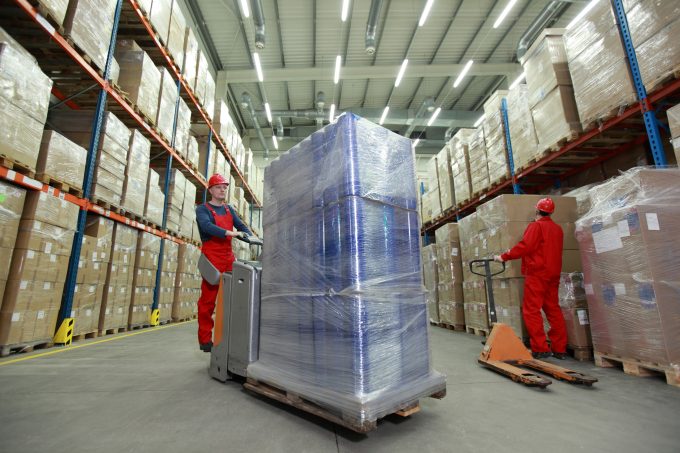Inmar deal sees DHL take top slot in N American reverse logistics
DHL Supply Chain has become North America’s largest reverse logistics provider following its acquisition of ...

One by one, sectors in the US logistics industry have watched prices slump from the peaks of 2022.
Ocean carriers and truckload operators led the downward charge, followed by air cargo carriers and LTL providers – even parcel rates have come under pressure.
Warehousing rates, however, seemed impervious to the weakening market and may well remain at lofty levels, as construction of new facilities has slowed to a crawl.
Commercial real estate information firm CoStar ...
Asia-USEC shippers to lose 42% capacity in a surge of blanked sailings
USTR fees will lead to 'complete destabilisation' of container shipping alliances
New USTR port fees threaten shipping and global supply chains, says Cosco
Outlook for container shipping 'more uncertain now than at the onset of Covid'
Transpac container service closures mount
DHL Express suspends non-de minimis B2C parcels to US consumers
Zim ordered to pay Samsung $3.7m for 'wrongful' D&D charges
Flexport lawsuit an 'undifferentiated mass of gibberish', claims Freightmate

Comment on this article